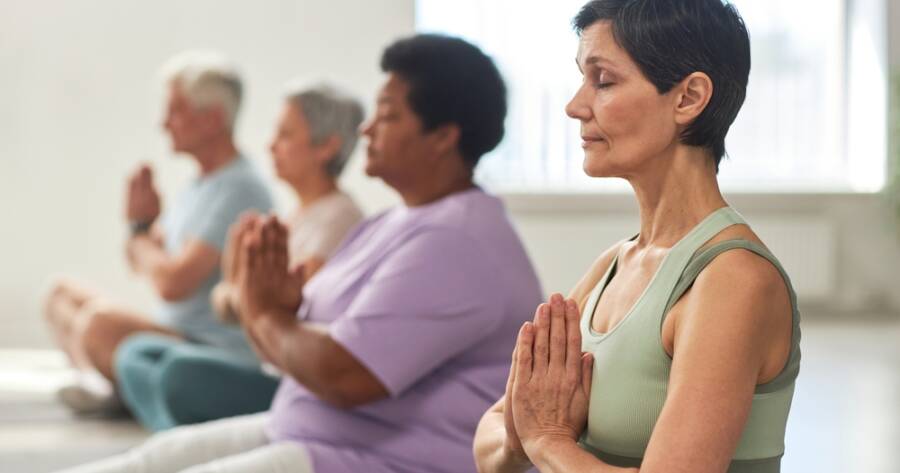When it comes to staying fit and healthy, many people picture intense cardio workouts, heavy weightlifting, or fast-paced boot camps. But not every effective workout has to leave you breathless or sore. Low-impact fitness classes offer an accessible, joint-friendly way to stay active, without the wear and tear on your body. Ideal for people of all ages and fitness levels, classes are designed to minimize stress on the joints while delivering noticeable benefits in strength, flexibility, balance, and cardiovascular health.
What Is Low-Impact Exercise?
Low-impact workouts are exercises that avoid forceful contact with the ground or sudden, jarring movements. They keep at least one foot on the floor at all times and are designed to be gentle on the joints—making them especially suitable for beginners, seniors, people recovering from injury, or anyone with chronic joint conditions such as arthritis.
Popular low-impact fitness classes include:
- Yoga
- Pilates
- Barre
- Swimming or water aerobics
- Tai chi
- Chair fitness
- Walking groups
- Low-impact dance or aerobic classes
These workouts may be gentler, but they’re still highly effective for building strength, improving mobility, and supporting long-term wellness.
1. Joint-Friendly Movement
Perhaps the biggest benefit of low-impact classes is how they support joint health. High-impact exercises like running or jumping can put stress on your knees, hips, and ankles. Over time, this can contribute to joint pain or injury.
Low-impact classes offer effective alternatives by emphasizing controlled, fluid movements that protect joints while still engaging muscles. This makes them ideal for people with arthritis, previous injuries, or joint replacements.
2. Improved Flexibility and Balance
Many low-impact workouts incorporate stretching and functional movement, which improves flexibility and coordination. Classes like yoga and tai chi are known for increasing range of motion and reducing stiffness, which becomes especially important as we age.
Better balance reduces the risk of falls, boosts athletic performance, and enhances everyday activities like climbing stairs or reaching overhead.
3. Supports Weight Loss and Cardiovascular Health
Don’t let the slower pace fool you—low-impact workouts still burn calories and boost heart health. Activities like brisk walking, swimming, and low-impact dance classes can elevate your heart rate enough to strengthen your cardiovascular system and support weight management.
Because they’re more sustainable over time, these exercises may also encourage long-term consistency—a key factor in any fitness routine.
4. Builds Strength and Tones Muscles
Low-impact doesn’t mean low resistance. Pilates, barre, and even chair yoga use bodyweight, resistance bands, or light weights to tone muscles and build strength. You’ll engage your core, improve posture, and strengthen your entire body without the need for high-impact moves.
Classes like barre and Pilates are especially great for targeting smaller, stabilizing muscles that are often overlooked in traditional workouts.
5. Reduced Risk of Injury
The slower, controlled nature of low-impact classes lowers your chance of injury while helping you build awareness of how your body moves. These workouts often focus on proper form and alignment, which is key for avoiding strain and protecting muscles and joints.
For people returning to exercise after a break or injury, these classes offer a safe and effective way to rebuild strength and endurance.
6. Accessible and Inclusive for All Ages
Low-impact fitness is ideal for seniors, people with limited mobility, pregnant individuals, and beginners. Classes can often be modified to accommodate all fitness levels, making everyone feel welcome.
Group classes also offer social benefits, connecting with others, boosting mood, and reducing feelings of isolation.
Fitness That’s Built to Last
Low-impact fitness classes are proof that you don’t need to push your body to the limit to see results. With benefits ranging from joint protection to improved strength and mental clarity, they offer a smart, sustainable path to health.
Whether you’re easing back into exercise, managing a chronic condition, or simply want a gentler approach, low-impact fitness could be the key to feeling strong, energized, and pain-free—now and in the years to come.

